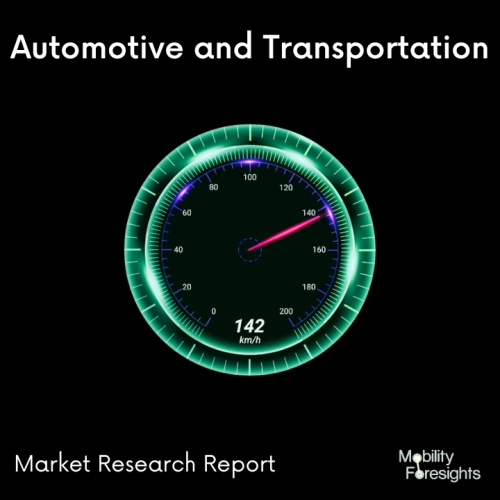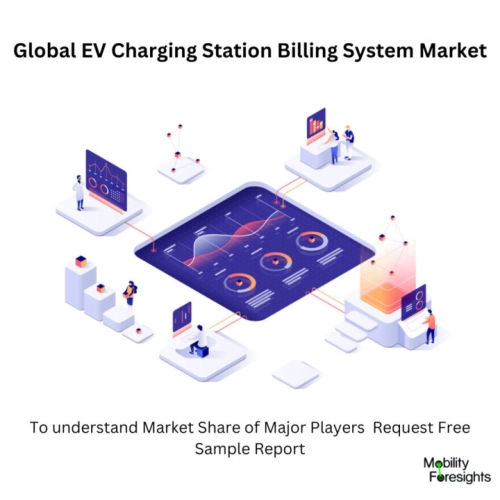
- Get in Touch with Us

Last Updated: Apr 25, 2025 | Study Period: 2024-2030
EV billing is a clever, flexible, end-to-end, protected method of paying electric vehicle owners for the charging of their electric vehicles. It was created exclusively for the electric vehicle charging sector.
EV Charging billing refers to any billing that is directly related to charging an electric car. The majority of prevalent business models charge the user either per kWh consumed or by time spent charging (minutes, hours), or both.
An end-to-end software solution for managing EV charging operations, EV charging billing, energy management, EV driver management, and EV fleet management is the electric vehicle charging management system.
It enables EV charging sector participants to reduce TCO, boost profits, and improve the charging experience for EV drivers.

The Global EV charging station billing system market accounted for $XX Billion in 2023 and is anticipated to reach $XX Billion by 2030, registering a CAGR of XX% from 2024 to 2030.
Worldline launches a new EV charging payment solution.A new payment method for charging stations has been introduced, according to payment service provider Worldline. Both major infrastructures and smaller suppliers can use the WL Easy EV. Four distinct card readers accept payments through touch screens or push buttons.
Other than the fact that the payment system has four distinct card readers and can be used with either a touch screen or buttons, Worldline has not yet provided much information about it.
Infrastructure owners, operators of charging stations, suppliers of electric mobility, and producers of electric vehicle chargers will all have access to the solution. The method works well for both big infrastructures and serves as a helpful "one-stop-shop for smaller businesses."
Due to the unattended nature of charging stations and the potential for non-payment, the rise of EV charging poses a payment difficulty.
The charging procedure must be permitted via an app, RFID, or Plug Charge at paid charging stations, although at some free charging stations the process actually begins when the cable is plugged in. Only after effective communication between the driver and the charging port does electricity start to flow.
| Sl no | Topic |
| 1 | Market Segmentation |
| 2 | Scope of the report |
| 3 | Abbreviations |
| 4 | Research Methodology |
| 5 | Executive Summary |
| 6 | Introduction |
| 7 | Insights from Industry stakeholders |
| 8 | Cost breakdown of Product by sub-components and average profit margin |
| 9 | Disruptive innovation in the Industry |
| 10 | Technology trends in the Industry |
| 11 | Consumer trends in the industry |
| 12 | Recent Production Milestones |
| 13 | Component Manufacturing in US, EU and China |
| 14 | COVID-19 impact on overall market |
| 15 | COVID-19 impact on Production of components |
| 16 | COVID-19 impact on Point of sale |
| 17 | Market Segmentation, Dynamics and Forecast by Geography, 2024-2030 |
| 18 | Market Segmentation, Dynamics and Forecast by Product Type, 2024-2030 |
| 19 | Market Segmentation, Dynamics and Forecast by Application, 2024-2030 |
| 20 | Market Segmentation, Dynamics and Forecast by End use, 2024-2030 |
| 21 | Product installation rate by OEM, 2023 |
| 22 | Incline/Decline in Average B-2-B selling price in past 5 years |
| 23 | Competition from substitute products |
| 24 | Gross margin and average profitability of suppliers |
| 25 | New product development in past 12 months |
| 26 | M&A in past 12 months |
| 27 | Growth strategy of leading players |
| 28 | Market share of vendors, 2023 |
| 29 | Company Profiles |
| 30 | Unmet needs and opportunity for new suppliers |
| 31 | Conclusion |
| 32 | Appendix |